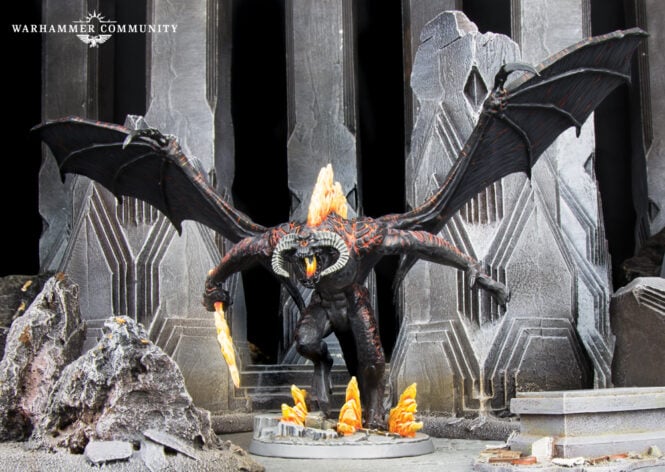Part 6: The Pelennor Sequence
 |
| Photo Credit: Gondor at War |
We're almost done with Fantasy Fellowships and this part, like Part 3 (the Amon Hen to Helm's Deep missions) basically has 1-2 missions for different groups of your Fellowships. As such, this is one of the few parts where your scenarios can be played out of order and everything is fine (just remember to play Atop the Walls before Denethor's Madness). Certain scenarios in Part 3 can be played out of order (whether you do Warg Attack before Ambush at Night doesn't actually matter) and you can play Eomer's Return from Part 4 before the other two scenarios if you want to (The Deeping Wall is Breached and Ride Out), but Part 6 is by far and away the most flexible - which is good if you need to juggle tables among several players. Our four scenarios are (mostly) filled with allies and we get to use the following models:
- Merry (1 scenario)
- Pippin (2 scenarios)
- Aragorn (1 scenario)
- Legolas (1 scenario)
- Gimli (1 scenario)
- Gandalf (2 scenarios)
- ALLIES:
- Irolas (1 scenario)
- Beregond (2 scenarios)
- Theoden with everything (1 scenario)
- Eomer with everything (1 scenario)
- Dernhelm (1 scenario)
- Gamling with everything (1 scenario)
- Deorwine (1 scenario, probably supposed to have a horse)
- Elfhelm with everything (1 scenario)
- Captain of Rohan on horse (1 scenario)
- The King of the Dead (1 scenario)
- 24 Warriors of Minas Tirith (standard gear)
- 24 Riders of Rohan (1 scenario, standard gear)
- 20 Warriors of the Dead (1 scenario, no war gear)
- 6 Riders of the Dead (1 scenario)
That's a lot of guys - most of the scenarios have 24+ warriors and all have 1+ allied heroes. The foes we'll be facing are (mostly) F3 warriors and F4 heroes (mostly without Heroic Strike):
- Zagdush (1 scenario, F4 with Strike)
- Gothmog (1 scenario, F5 with Strike)
- Gothmog's Enforcer (1 scenario)
- 2 Orc Captains with shields (1 scenario)
- 3 Morannon Orc Captains with shields (1-2 scenarios)
- Denethor (1 scenario, F5 without Strike)
- Guritz (1 scenario)
- 36 Orc Warriors (1 scenario, standard gear)
- 36 Morannon Orcs (2 scenarios, standard gear)
- 4 Citadel Guard (1 scenario, F4)







